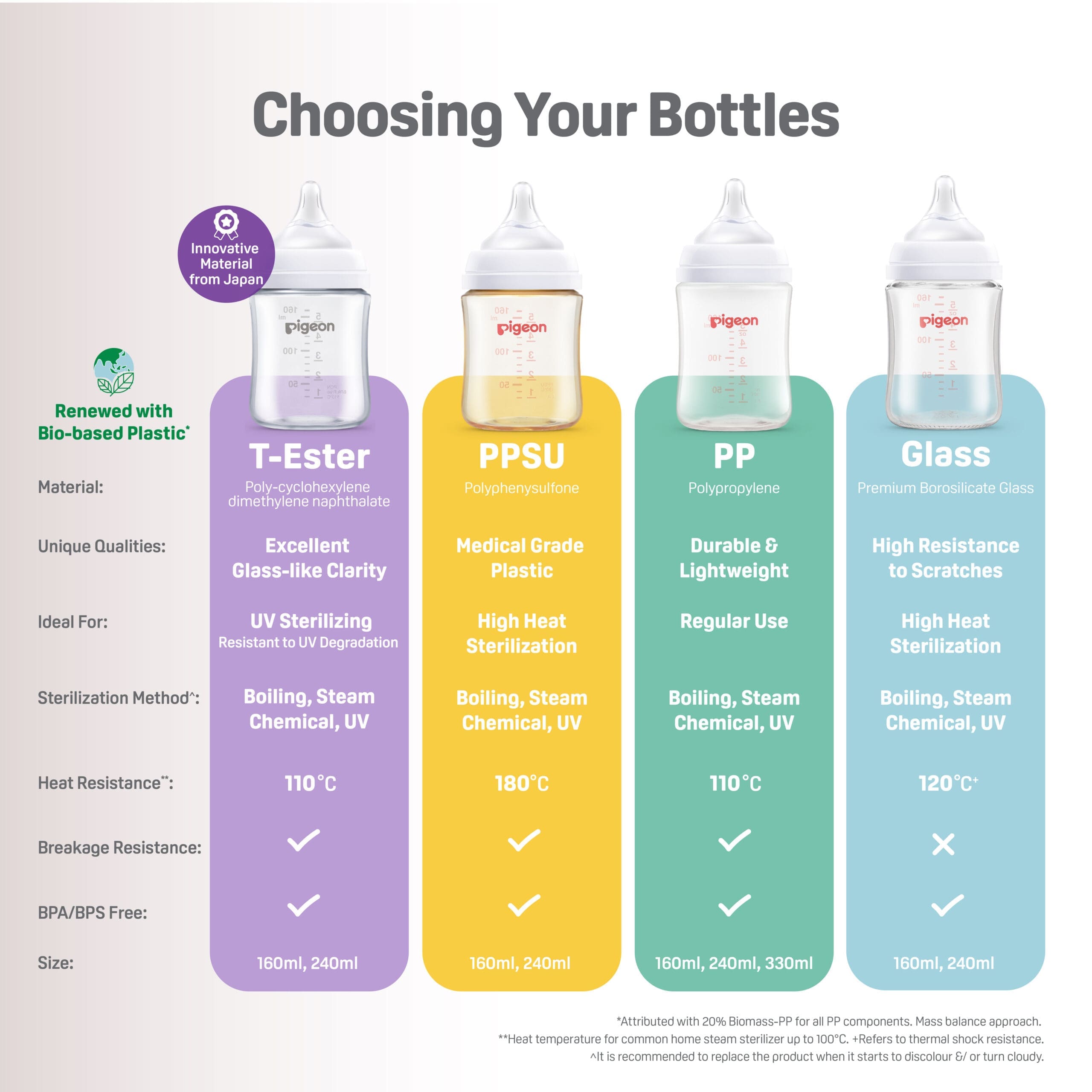Reducing waste and recycling items like plastic baby bottles
Donate my baby’s old clothes that are still good instead of throwing them away
Bring my own ecobag when grocery shopping
Bring my own reusable container when taking away food
Consuming responsibly and supporting Eco Mark products
Reduce energy consumption by switching off lights and other appliances whenever I am not using them
Save water and only use as much as I need
Walk or bike more for a healthier lifestyle while cutting down on driving
 Learn more from this blog article How to Choose the Right Nursing Bottle for Your Baby.
Learn more from this blog article How to Choose the Right Nursing Bottle for Your Baby.